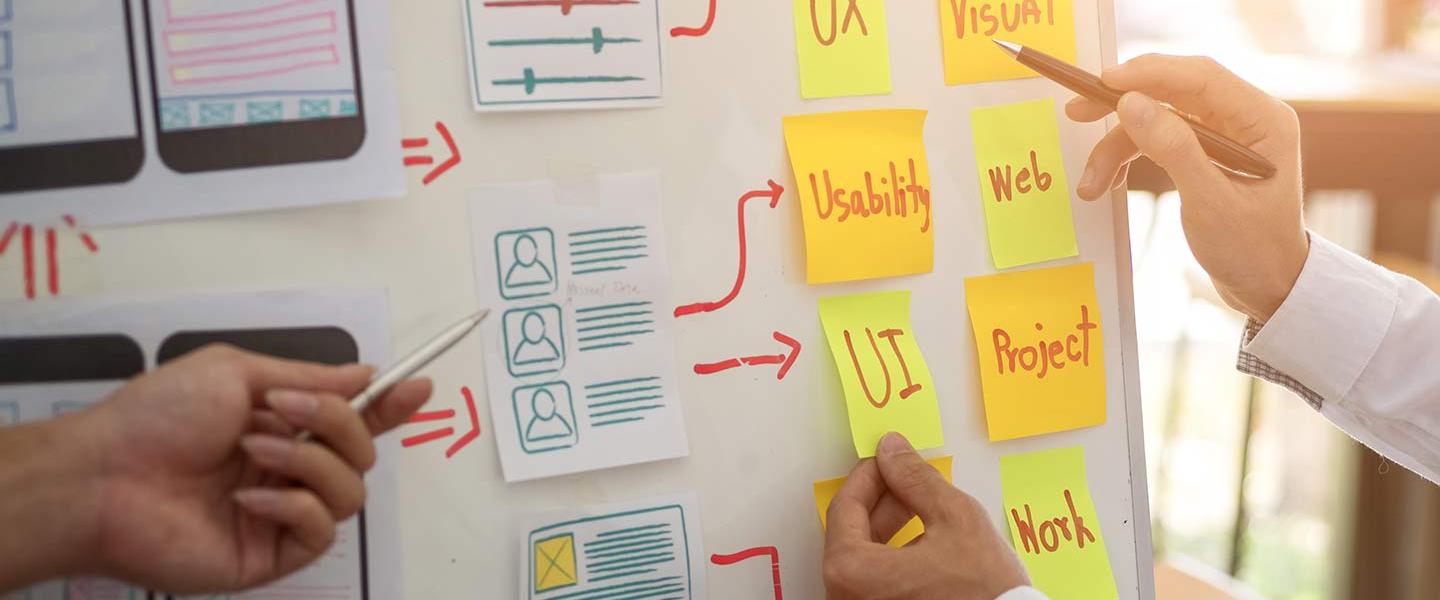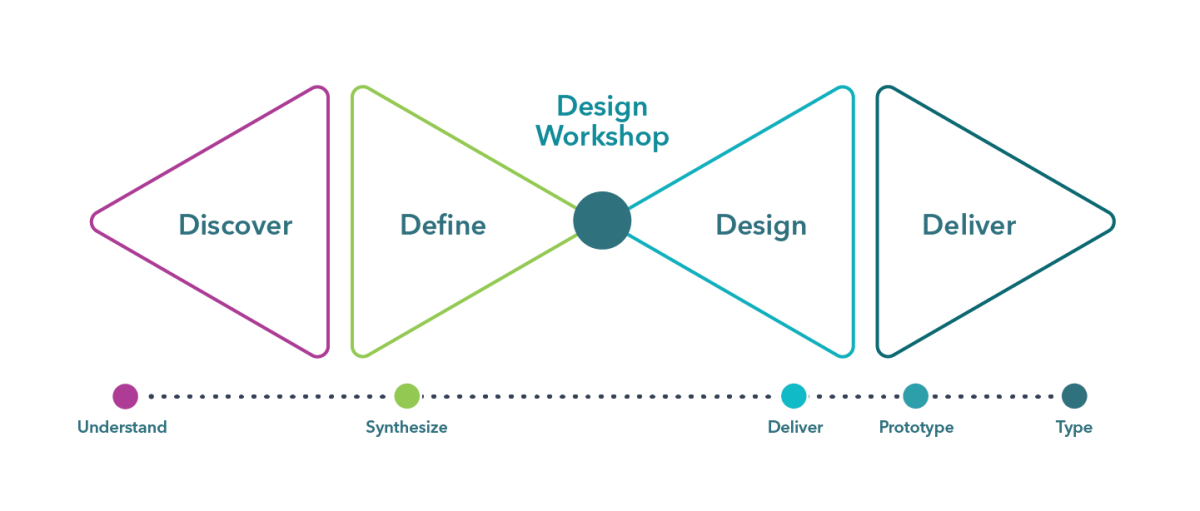
Experience design
We design user-focused services that seamlessly integrate with end-user needs, using data and feedback to shape impactful, intuitive experiences across sectors.
To ensure a holistic CX experience it's crucial to develop an ecosystem that seamlessly integrates space, services and people and where front-end and back-end service delivery align.
Our approach involves establishing service standards, providing comprehensive staff training, implementing policies, protocols, and procedures governed by performance metrics.
Experience design service

Service optimisation and innovation
Service analysis and optimisation
Customer-centric redesign
Technology and innovation integration
Managing transformation and training
Policy and compliance

Customer research
Customer segmentation and profiling
Journey mapping and experience analysis
Behavioral insights and trend analysis
UX research
Voice of the Customer (VoC)
Product and service testing
CX strategy

Digital product design and testing
User research and insight gathering
UX/UI design
Digital experience optimization
Rapid prototyping and iteration
Usability testing and validation
The service design process
The first diamond helps teams to understand, rather than simply assume, what people need. It involves speaking to and spending time with target users and stakeholders.
The second diamond encourages teams to explore different design options so they can deliver truly valuable work. This second diamond always begins by using the clear, actionable insights created in the first diamond.
Experience design
Understanding users’ challenges and pain points
Immerse yourself in the problem space to fully understand (rather than assume) the context of the problem.
Firsthand knowledge of lived experiences
Speaking to people not only gives you people’s views, but it gives you non-verbal and emotional cues that adds a greater level of richness to insights.
Understanding the ecosystem
Experiences do not take place in a vacuum but in a complex ecosystem of competing services and products.
Journey mapping
Map the timeline of how people experience different products and services and where the challenges lie.
Service blueprinting
Use discovery research to develop a future state service blueprint to understand how to optimise products and services
Service audits and desk research
Discover how your service compares to users 'expectations and how your competitor’s fair.
Define wants verses needs
Identify the difference between what customers want and need and generate ‘How Might We’s’ against prioritised problem statements.
Co-designing
Collect a variety of voices from different stakeholders and SMEs to develop a solution to the right problem.
Wireframing
Create a low-fidelity ‘overview’ of the product that can be tested with users
before committing to more permanent features and functionality.
Rapid prototyping
Design and develop a high-fidelity prototype to test its feasibility and
desirability with users.
Minimum viable products
Create a fully functional product or service that is ready for market distribution.
User-led solutions and proposition design
Use the designed solutions to develop a future proofed roadmap of products and services.
Design sprints and user testing
Validate solutions using rapid 5-day design sprints to stress test solutions before committing to final designs.
Iterate and re-design
Use the insights gained during design sprints to update the solution before re-testing with users.
Continuous improvement and innovation
Don’t settle for second best. Continually track the effectiveness of your solution over time to ensure it meets users’ needs.
Tailored training and coaching
Become experts in user-centred design by enrolling on our training and coaching programme.
Pilots as a Service (PaaS)
Run pilots and longitudinal studies to track how users’ experiences of products and services change over time.
Data and insight strategy measurements
Ensure that you have a robust approach to tracking data over time to ensure you are continually meeting user needs and requirements.
Services that better meet users’ needs
Create solutions that target actual need and not perceived need.
Rapid development from problem to tested solution
Use the principles of agile to discover, design, develop, and deliver solutions.
‘Fail forward’ by testing new designs in alpha and beta stage
Make sure that solutions are feasible, viable, desirable, sustainable,
and scalable.
Evidence-informed decision-making
Remove guess work by anchoring business decisions to lived experience.
Differentiated solutions
we enable you to ‘be different because you know.’
A continuous improvement approach to support sustainable growth
Go beyond the research to track how solutions perform over time.

